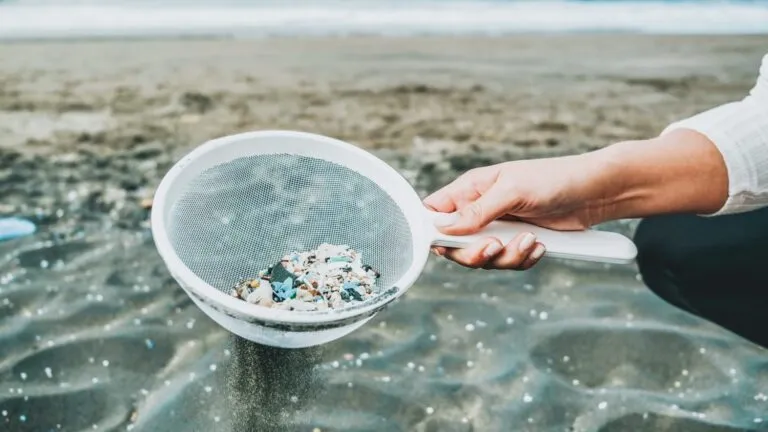
Understanding The Effects Of Microplastics On Our Environment
In recent years, microplastics have emerged as a major environmental concern. These particles, often invisible to the naked eye, are now found in almost every corner of our planet, from the depths of the ocean to the highest mountains As we become aware of the environmental challenges that we this world faces it is important to understand the impact of microplastics on our ecosystem and health. At Climate Challenges, we are dedicated to raising awareness of these important issues and promoting action for a sustainable future.
What Are Microplastics?
Microplastics are small plastic particles less than 5 millimeters in diameter, which come from a variety of sources. They can come from large plastic debris, synthetic fibers in clothes, and even breakage in personal care products like Sclenit scrubs. Microplastics are easily picked up by air, water and wildlife due to their large size, allowing them to be widely distributed in the environment.
Where Do Microplastics Come From?
Microplastics can come from a variety of sources. When larger plastic items such as bottles and bottles deteriorate over time, those small pieces of plastic break down into smaller pieces of plastic In addition, many personal care products such as toothpaste and medicine a the toothbrush is used to hold microbeads, which are also a type of microplastic. Washing synthetic clothes can also release plastic particles into the water, which then ends up in our rivers and oceans.
How Do Microplastics Affect the Environment?
One of the most dangerous things about microplastics is that they’re everywhere. They have been found in the sea, rivers, land and even in the sky. Microplastics are especially harmful in the ocean because they can easily be mistaken for food by marine animals. Fish, birds and other wildlife eat these particles, which can lead to serious health problems or even death. This not only affects animals, but has ripple effects throughout the food chain, including human consumption of seafood.
Are Microplastics Harmful to Humans?
There is growing concern about the potential health effects of microplastics on humans. Microplastics have been found in drinking water, food, and even the air we breathe. While more research is needed, some studies suggest that microplastics could cause inflammation and other health issues if they build up in our bodies.
What Can We Do About Microplastics?
- Cut Down on Plastic Use: Use reusable bags, bottles, and containers instead of single-use plastic items.
- Choose Products Carefully: Avoid products with microbeads and choose eco-friendly options.
- Recycle Properly: Make sure to recycle plastic waste correctly to prevent it from breaking down into microplastics.
- Support Environmental Efforts: Get involved in initiatives and policies that aim to reduce plastic pollution.
By taking these steps, we can all help reduce the amount of microplastics in our environment and protect the planet for future generations. At Climate Challenge, we believe that every action counts in the fight for a healthier world.